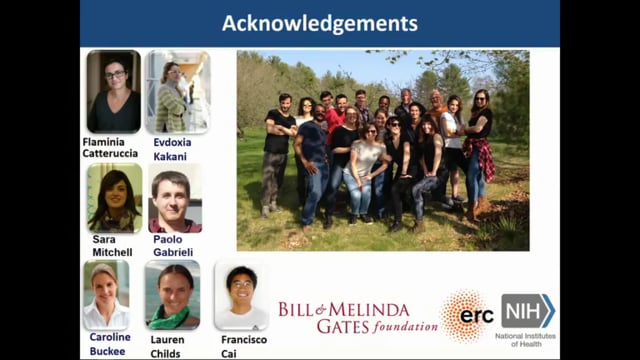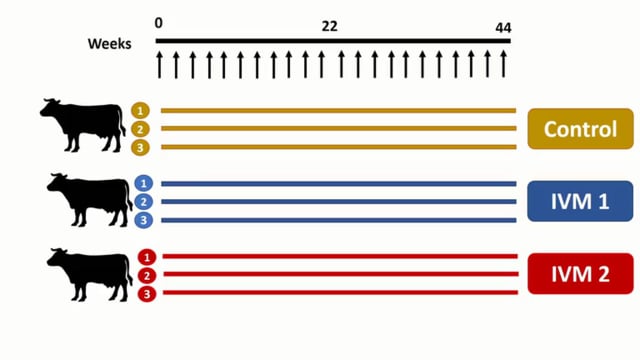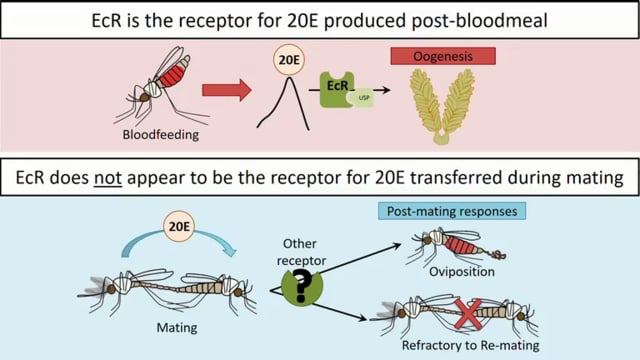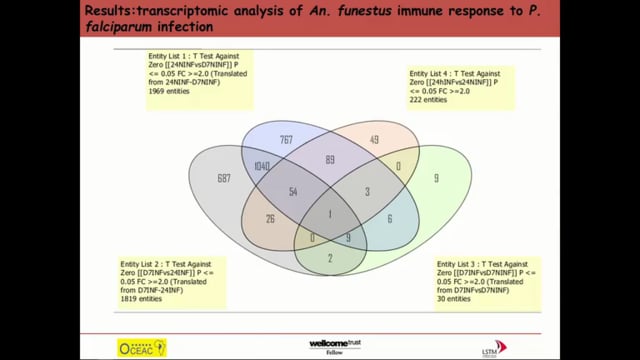ASTMH 2016, Douglas G. Paton: “Disrupting steroid hormone signalling in adult Anopheles gambiae females blocks Plasmodium development and offers alternative targets for mosquito control”
Collaborator(s): Harvard T.H. Chan School of Public Health (HSPH), United States
Published: 16/11/2016
In collaboration with ASTMH, Image Audiovisuals, and session presenters, MESA brings you this webcast from the 65th ASTMH annual meeting in Atlanta, November 2016.
Title: “Disrupting steroid hormone signalling in adult Anopheles gambiae females blocks Plasmodium development and offers alternative targets for mosquito control”
Speaker: Douglas G. Paton, Harvard T.H. Chan School of Public Health
Session information: Scientific Session 130: “Mosquitoes: Biochemistry and Molecular Biology”
Wednesday, 16 November, 10:15am – 12:00pm, Marriott – Room A706 / A707
Abstract:
Human malaria is a major public health burden in tropical and subtropical countries and is transmitted exclusively by female Anopheles spp. mosquitoes. Malaria control strategies based upon the deployment of pyrethroid-impregnated long lasting insecticide treated nets (LLINs) are threatened by the continued spread and intensification of insecticide resistance. This represents a major obstacle to malaria elimination and as such new means of protection against the mosquito vector are desperately needed. Here we report that treatment with non-steroidal ecdysone receptor agonist dibenzoylhydrazines (DBHs) such as methoxyfenozide impact a number of parameters key to the vectorial capacity of the principal malaria vector Anopheles gambiae. Topical application of methoxyfenozide causes extensive apoptosis in the primary ovarian follicles of treated females, significantly reducing egg production while also impacting lifespan, oviposition and – in virgin females – mating refractoriness. Importantly, application of methoxyfenozide prior to females receiving an infectious Plasmodium falciparum blood meal triggered up to an 87% reduction in oocyst prevalence 7 days after blood feeding, suggesting that female susceptibility to infection is mediated in part via ecdysone signalling. This work provides critical insights into vector/parasite interactions and – in the face of the potential collapse of existing vector control methods – sets forth the case for the use of DBH compounds in malaria control strategies.
THEMES: Basic Science | Vector Control



